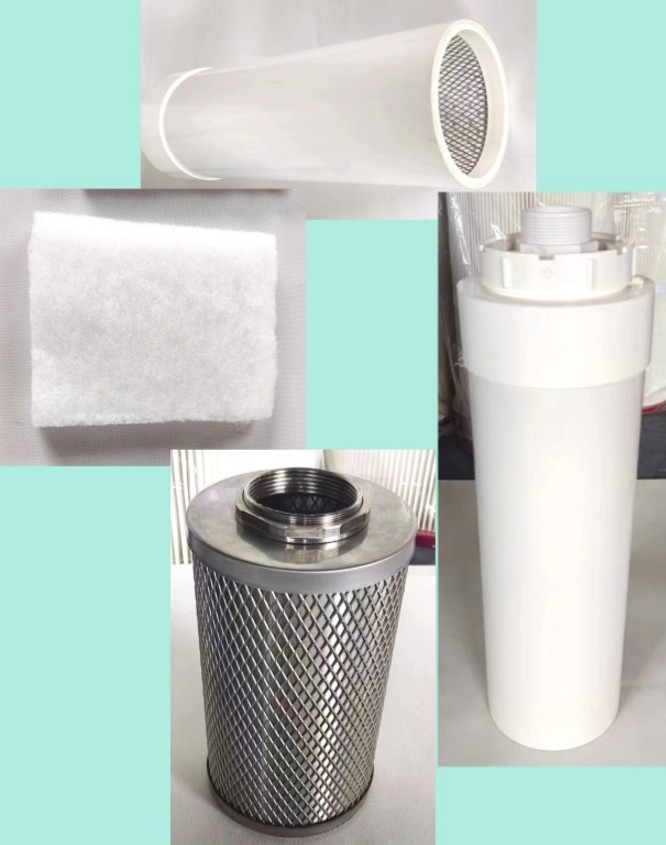NEWS & BLOGS
The construction, manufacturing, and industrial and agricultural production in daily life cannot be separated from the support of the oil industry. In the process of developing and utilizing oil resources, there are problems such as energy waste and environmental pollution, such as wastewater pollution, waste gas pollution, and waste residue pollution. Therefore, strengthening the development and utilization of oil resources on the basis of paying attention to waste and pollution problems is the key to solving the problem.

The research on oil-water separation technology includes two aspects: removing water from oil and removing oil from water. The former is widely used in the field of petrochemicals, while the latter is mainly used in the field of environmental protection. Crude oil is a complex mixture of multiple components with a wide boiling point range, from room temperature to above 500°C. Although crude oil has been dehydrated and stabilized in the oil field to remove some organic salts and water, there is still water in the treated oil.
Processing process
In terms of removing water from oil: According to data, nearly 80% of the world's oil contains water when it is extracted, and it exists in the form of oil-water emulsion.
During the distillation process of crude oil, a cooler is required to cool the tower. If the water content in the crude oil is too high, it will cause excessive waste of energy during the distillation process, thereby increasing the load of the tower cooler and the consumption of cooling water. The secondary processing of crude oil is the process of producing light oil from heavy distillate oil and residual oil after various cracking. If the sulfur content in gasoline is high, it will acidify the automobile oil and corrode engine parts. In addition, it will increase the emission of pollutants such as PM2.5 and nitrogen oxides. Hydrofining is a secondary processing process of crude oil. As a process for refining oil products, its purpose is to remove sulfur, nitrogen, and oxide impurities and some solid particles in the oil products to improve the performance of the oil products.
Under normal circumstances, the oil in the raw material enters the hydrogenation unit with a water content below 300 ppm. There are some reasons that may cause the water content to rise; if the water content in the oil is too high, the temperature of the reaction bed will drop significantly. Generally, the reaction temperature is compensated by increasing the feed temperature. Due to the uneven water content in the oil, when the water content in the feed oil fluctuates, it will not be possible to reduce the feed temperature in time, resulting in a sharp rise in the reactor bed temperature, making the reaction in the reactor too intense, resulting in the coking of the catalyst in the catalytic unit affecting the reaction activity, and the phenomenon of excessive pressure drop in the reaction bed in the hydrogenation reactor, which causes the product quality fluctuation. The hydrogenation process includes hydrofining and hydrocracking, and its main purpose is to remove sulfur, nitrogen, oxides, and impurities in the oil, while saturating all olefins and partially saturating aromatic hydrocarbons, thereby improving the quality of the oil.

Oil-water separation filter
The oil-water separation filter is made according to the principle of oil-water formation during processing. After the internal filter cotton is fixed by a metal mesh, a closed circulation system is formed, and oil and water are automatically separated during filtration. According to the flow rate and speed of oil and water, the size of the filter can be adjusted or a combination of filters can be used to achieve the required accuracy and speed of filtration. After a period of use, the filter should be replaced regularly to achieve the best filtering effect, because the filter cotton will reduce the separation effect and increase the possibility of secondary pollution after long-term corrosion, so a stable supplier with guaranteed quality and quantity will play an important role and solve the difficult and complicated problems that the product has encountered among customers.
What Can We Do For You
